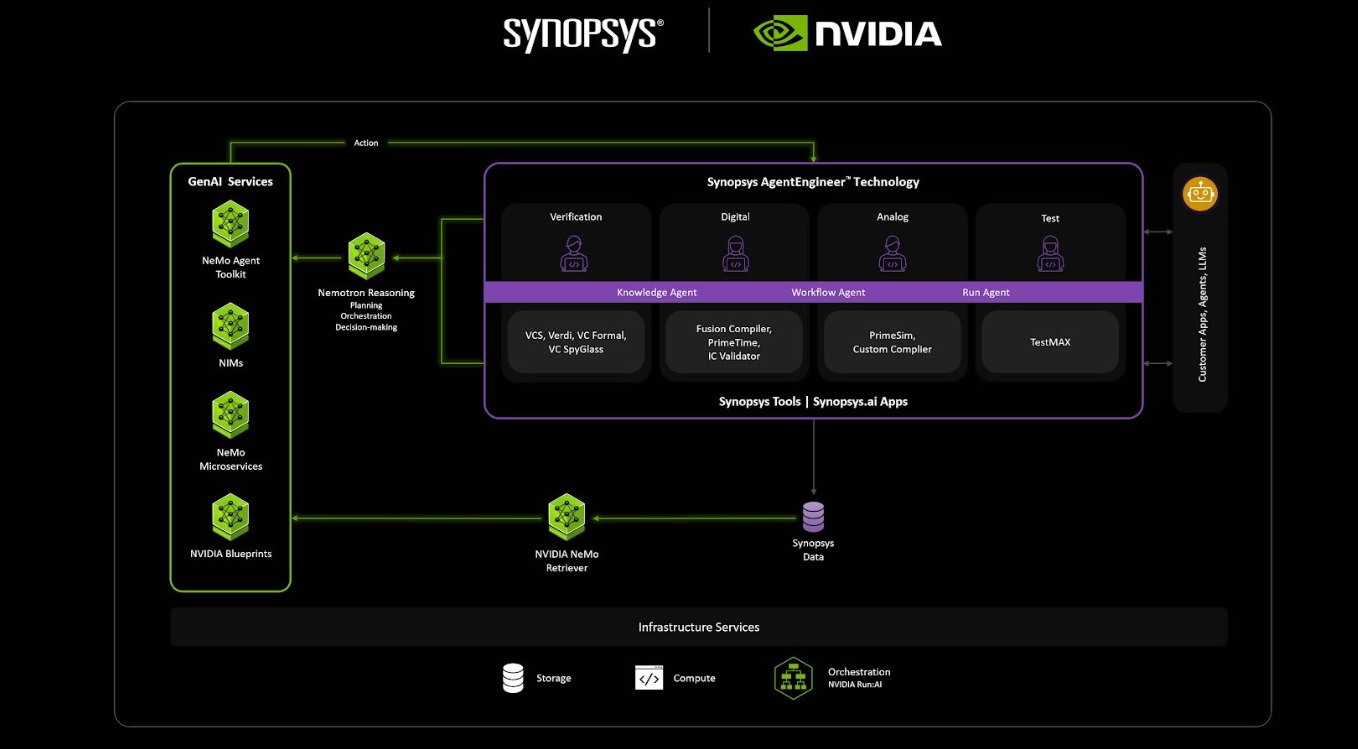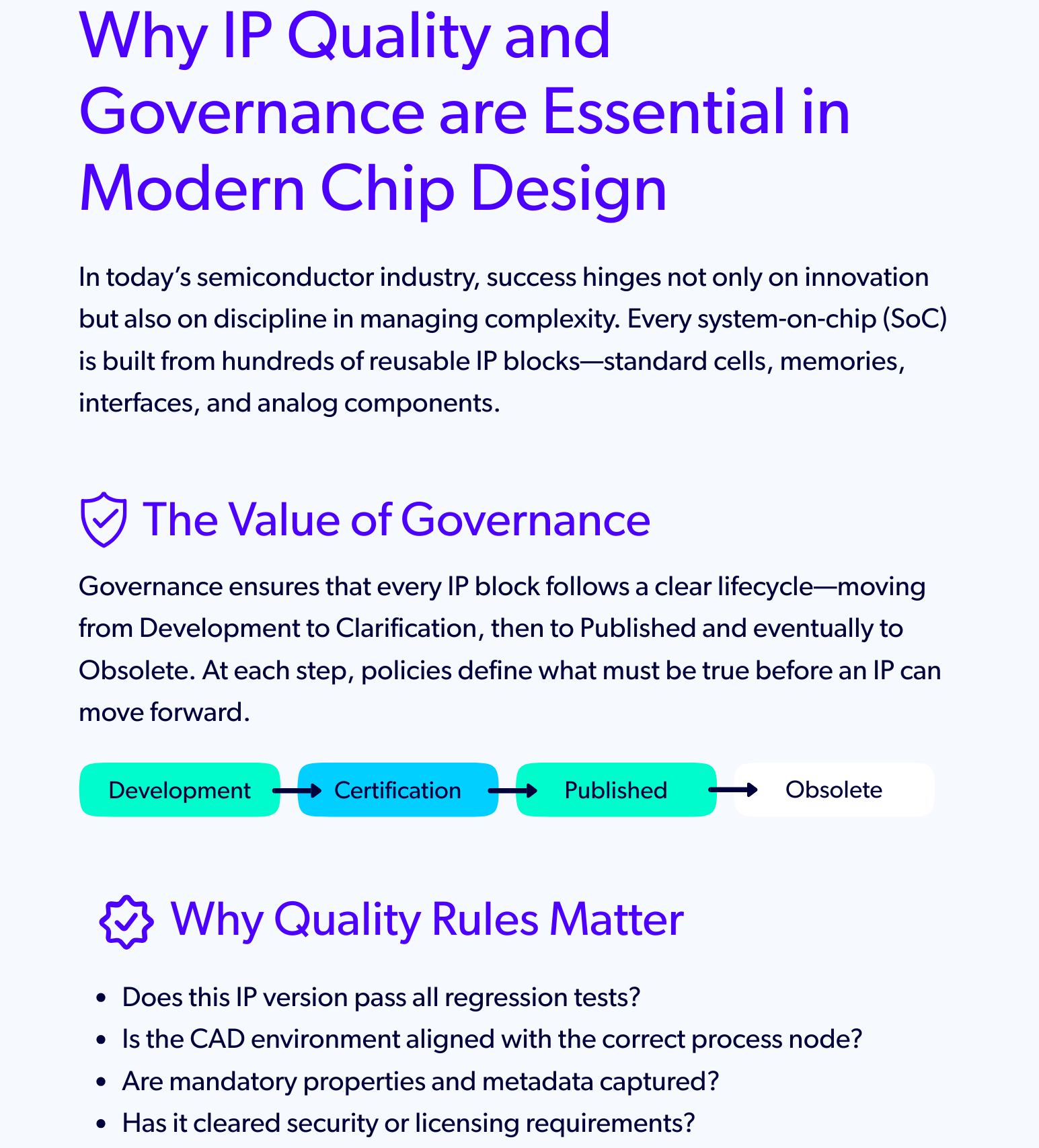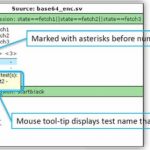Qualcomm’s new system-on-chip (SoC), Snapdragon 820, has come out with a few technical details, and it’s already making waves with its impressive GPU features and a powerful camera engine. At the same time, however, a couple of industry bytes have clouded the Snapdragon 820 launch fanfare.
First, Apple’s… Read More










PDF Solutions Charts a Course for the Future at Its User Conference and Analyst Day